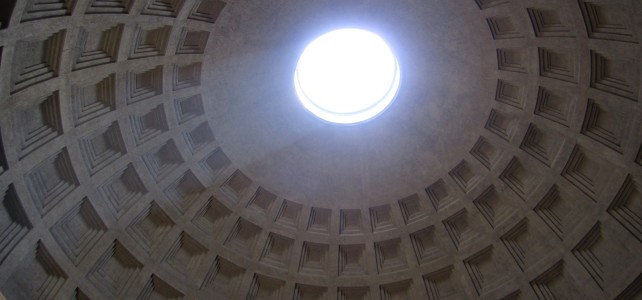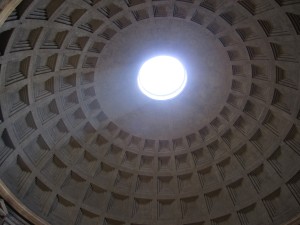On Thursday, August 10, 2017, the Columbus Crossing Borders Project documentary, BreatheFree, premiered to a sold out audience at The Drexel theater in Bexley, Ohio. In order to accommodate those unable to attend the first show, a second screening was scheduled for later that same evening.
Breathe Free features the stories of five refugees as well as the creative processes of some of the 34 artists participating in this project.
According to Laurie Van Balen, project director and producer, The Columbus Crossing Borders Project was created in response to the alarming levels of anti-immigration sentiment and racism being stirred throughout our country. The project consists of 34 painters and a film crew employing art as a means to instigate critical thinking and compassion for the millions of refugees in our world.
The Columbus Dispatch published an article about the documentary and exhibit in the Weekender section of the August 10, 2017 edition of the newspaper.
Next showing and exhibit
Breathe Free will be shown at The Drexel Theater again on August 31 at 8:30pm in conjunction with the reception—5-7:30pm—at the exhibit of the 34 paintings on display at that time at the Schumacher Gallery at Capital University. The exhibit opens there on August 28 and runs through Sept. 1.
Both the exhibit and the documentary will continue to be shown in locations around Ohio and other venues around the country. To learn more about the Columbus Crossing Borders Project and future dates to view it, visit the CCBP website. You can see a trailer for video here.
Paintings and artist statements
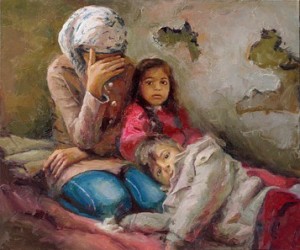
“Waiting” by Mark Gingerich oil on canvas 20″ x 24″
Waiting
”When I came across the image of a Muslim refugee family waiting to be received by a host country, I was struck with the sense of helplessness conveyed. It is a powerful image that I believe captures the spirit of the plight of the refugees. Thus, with the permission of Irish photographer Andrew McConnell, I have painted “Waiting.” Mark Gingerich
Gaye Reissland
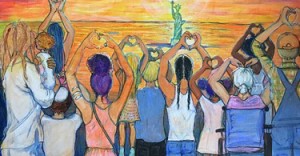
Gaye Reissland acrylic on canvas 26″ x 12″
My painting is putting the world on notice that the poem “The Great Colossus” inscribed at the base of The Statue of Liberty still stands true in the hearts and minds of the majority of Americans! We are a nation filled with immigrants and their descendants. The vast majority of us want to welcome our brothers and sisters whether they are refugees or have a dream that includes the potential prosperity our great nation. Our nation stands great because of its diversity and willingness to open its doors to those ‘huddled masses yearning to breathe free.’ Gaye Reissland
Virginia Carvour
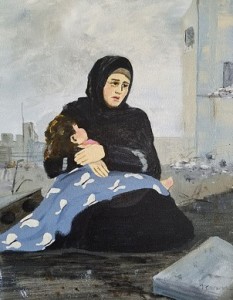
Virginia Carvour acrylic on canvas 16 x 20
Devastation
noun
1. great destruction or damage
2. severe and overwhelming shock or grief
Empathy
noun
- the ability to understand and share the feelings of another
Refugee
noun
- a person who flees for refuge or safety, especially to a foreign country, as in time of political upheaval or war, etc.
Virginia Carvour
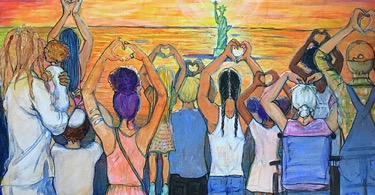
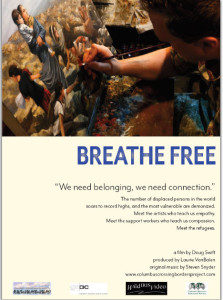
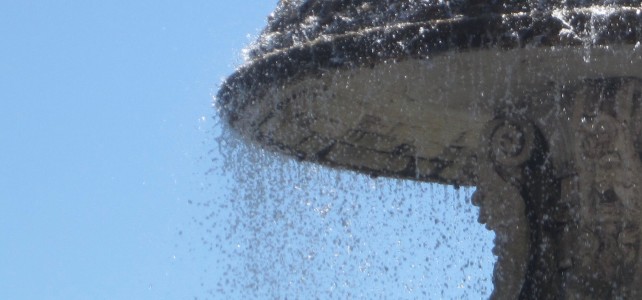
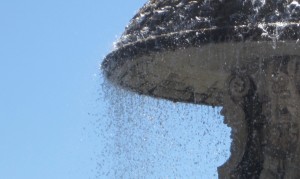
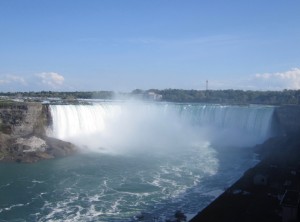
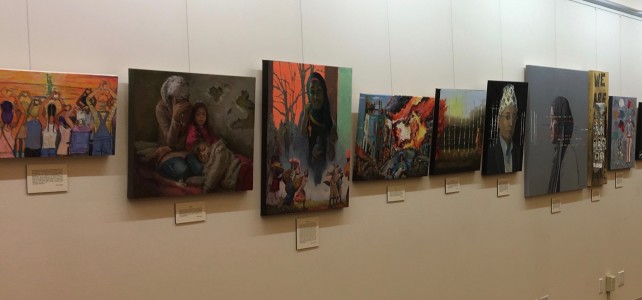
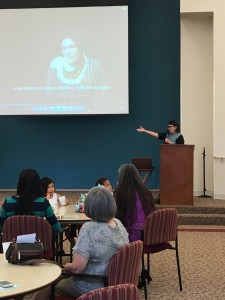
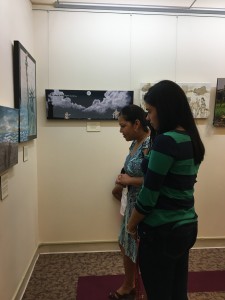
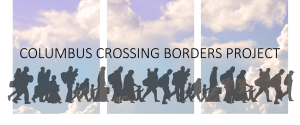
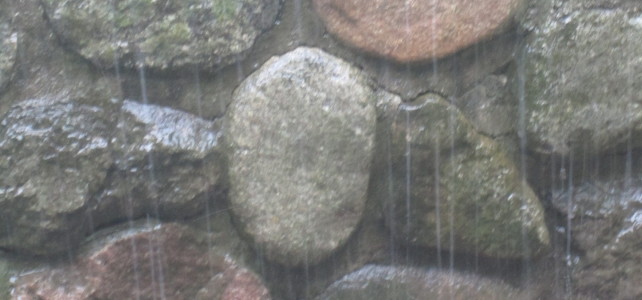
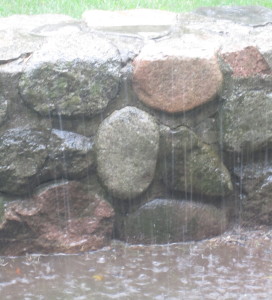
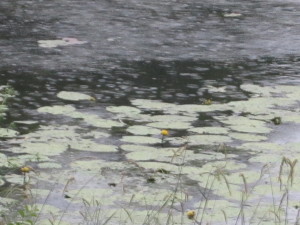
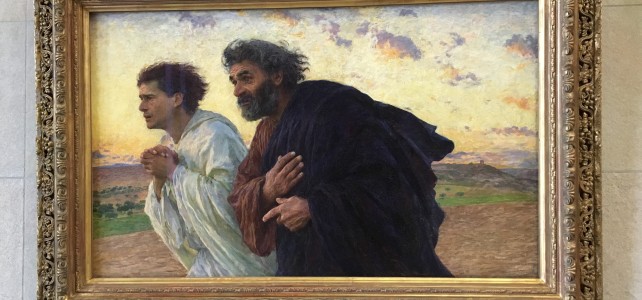
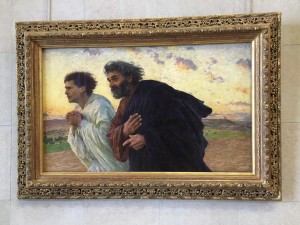
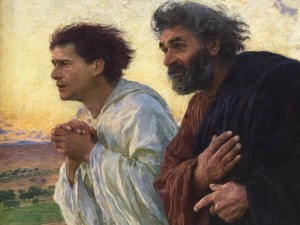
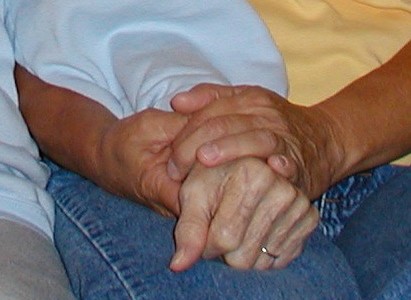
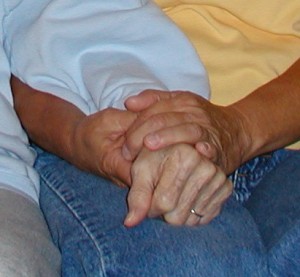
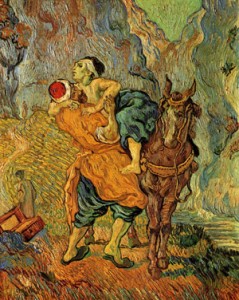
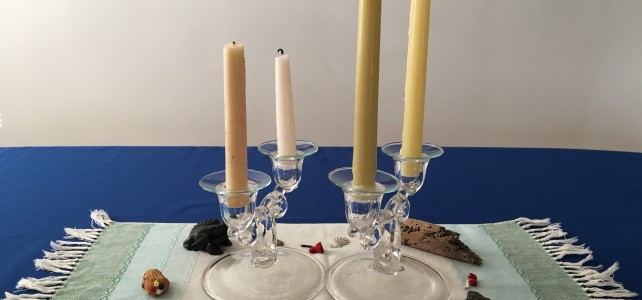
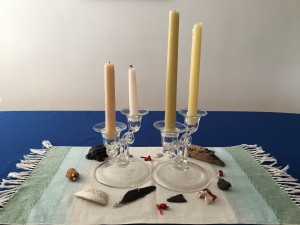
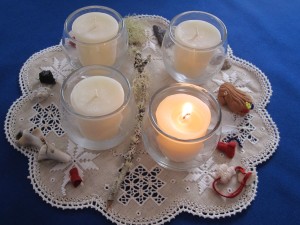
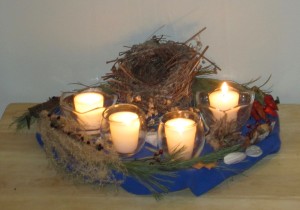
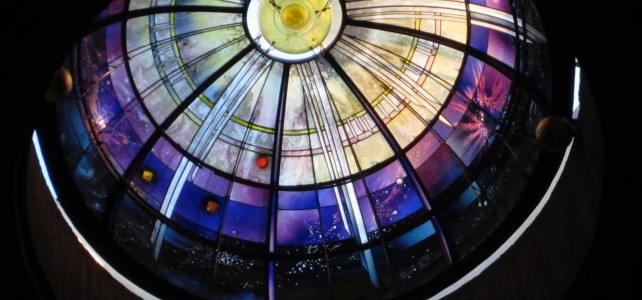
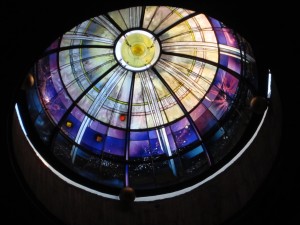 Originally published in The Catholic Times, November 12, 2016 issue
Originally published in The Catholic Times, November 12, 2016 issue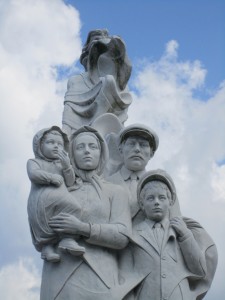
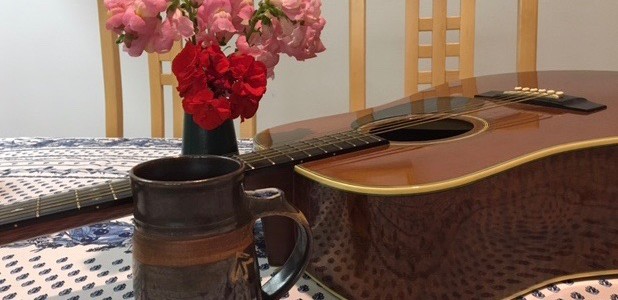
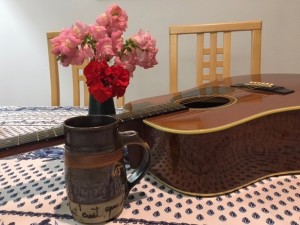 Originally published in The Catholic Times, October 16, 2016
Originally published in The Catholic Times, October 16, 2016